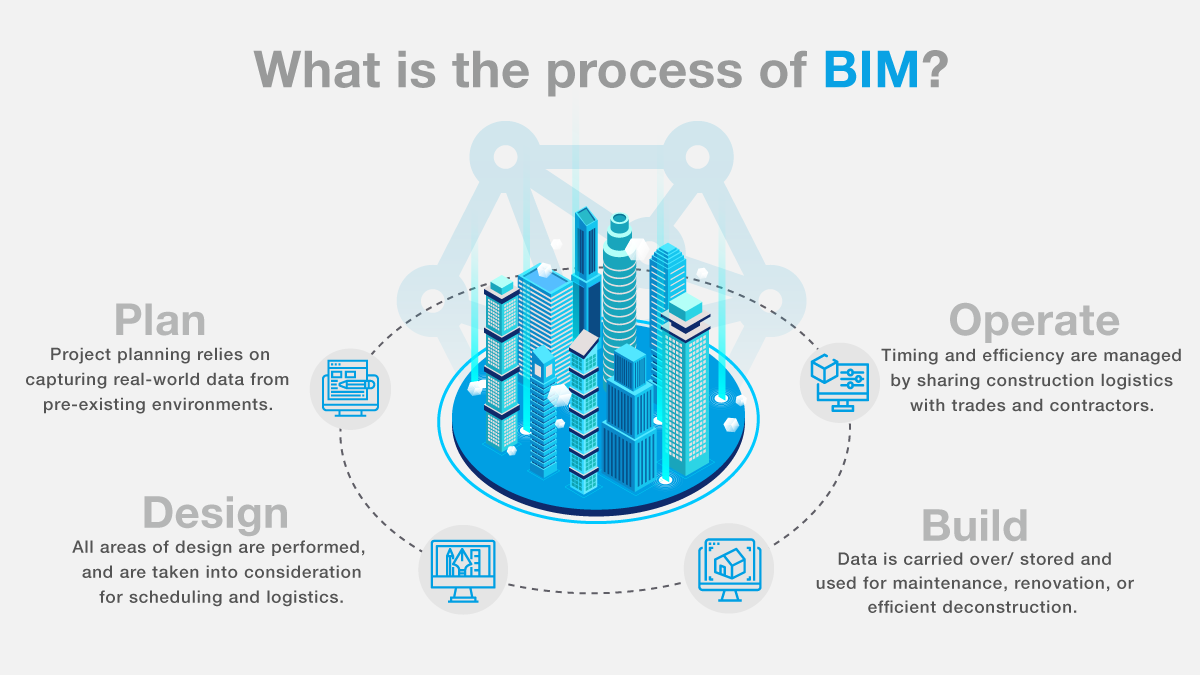

- #Data model capture projects tasks and subtasks software#
- #Data model capture projects tasks and subtasks series#
#Data model capture projects tasks and subtasks software#
The modeling language was developed by software developers, but it can be adapted to business process modeling. UML (Unified Modeling Language) diagrams offer an alternative business process modeling technique. Squares outlined with dots and dashes group elements in the diagram, and text annotations are added with a square bracket. Dotted lines point to the flow object the extra information expands on. Artifacts: If you need to add extra information that isn’t a sequence flow or message flow but that helps to explain a process, you can use artifacts.The sub-task is the “pool” and the “lanes” represent people or departments. Swim lanes detail how these shared responsibilities are distributed and how they interact. Swim lanes: A single sub-process in your workflow could require the sharing of responsibility.Solid lines indicate task transfers, and dashed ones indicate messages. Connecting objects: Since tasks are interconnected, we join them up to show their sequence.Flow objects: Events are represented by circles, activities fit into rectangular boxes with rounded corners, and gateways or control points are represented with diamond shapes.Nevertheless, there are analysts and consultants who prefer other methods.īPMN symbols fall into the following categories: In fact, BPMN is the culmination of a process in which businesses sought a best practice method for business process modeling. Many consultants see BPMN as the “Rolls Royce” of business process modeling techniques because most other forms of business process modeling were developed for other purposes and then adapted.

However, using standardized ones makes collaboration with outside analysts easier and saves you from having to dream up a visual language of your own. Of course, there’s nothing to stop you from developing your own set of symbols.
#Data model capture projects tasks and subtasks series#
Business Process Modeling Notation (BPMN)īPMN consists of a series of symbols or “standard objects” to represent tasks and workflows. Over the years, a variety of business process modeling techniques have been developed.

You can spot tasks that are redundant and eliminate them.But there are several very strong arguments in favor of using business process modeling techniques: You may be asking yourself why it’s necessary to do this if you aren’t trying something new. Business process modeling techniques allow you to capture all these steps in a format that allows you to visualize just how workflows function. When you dig down, it’s amazing just how many little things need to be done. To achieve your business’ outputs, your staff completes a series of tasks that get passed from one person or department to the next until voila! You have tangible results. While you could probably sum up what your business does in just a few sentences, you know that it’s much more complicated than that.


 0 kommentar(er)
0 kommentar(er)
